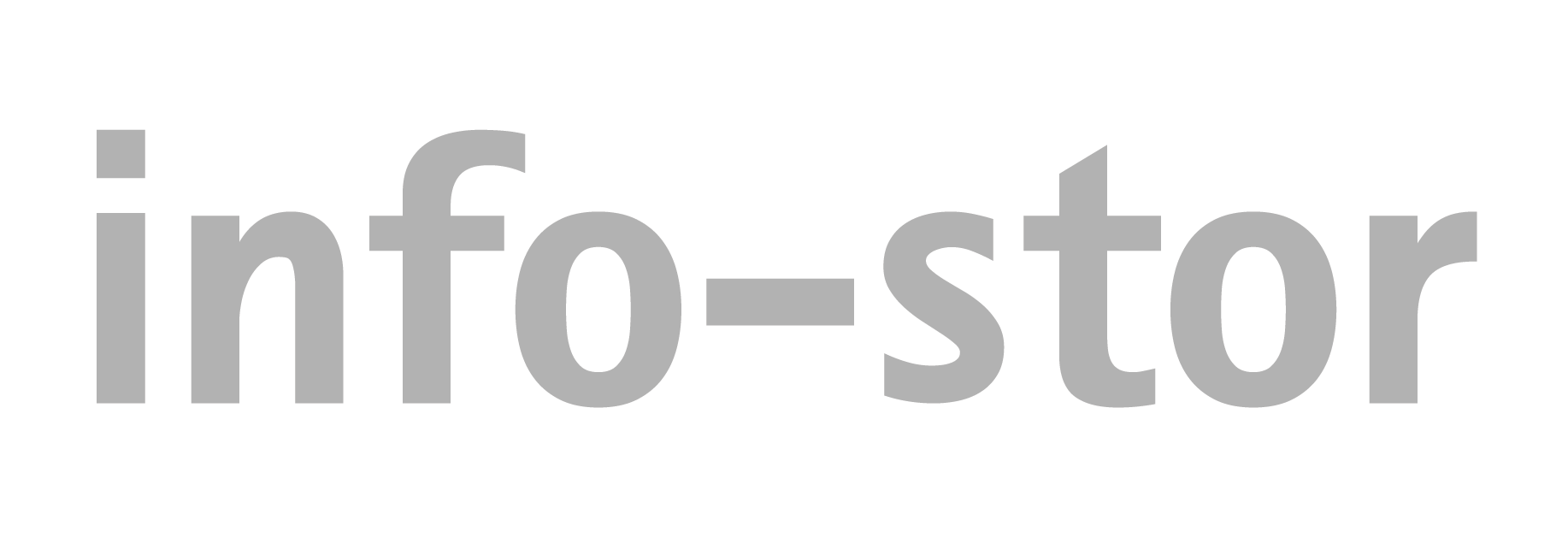An opportunistic outlook might regard 2020 as a series of learning opportunities – and, for those responsible for the protection and maintenance of networks, an accelerated education. During no time since the inception of the World-Wide-Web protocol has more onus shifted to network infrastructure and its guardians, nor so precipitously have users’ needs changed. Right now, our world a series of isolating spaces, we need networks and the access they provide. We need them like we need oxygen, a fatal dependence that facilitates our professional livelihoods and necessary connections to friends and loved ones.
Thanks to the past decade’s many improvements to network capability, infrastructure and supporting solutions, we have been able to meet the challenge of a global pandemic. If the same had occurred in the late 1990s, it would be a vastly different story. A story of angry-sounding phone lines and unreliable connections, of intermittent static and interference, heightening our frustration in proportion to our urgency. The timing has the mark of the divine: a miraculous alignment of need with capability that feels more than coincidental, and certainly fortuitous.
Expedience is the home of error, however. As is most often the case, when we scramble, we stumble. Here are four networking mistakes or incidents from the immortalised 2020, and how we may avoid them in 2021 and beyond.
1. Sunburst hack
Let’s start with the most notable: the Sunburst hack targeting a selection of users of the popular – especially within government agencies – SolarWinds software. We wrote about the now-notorious hack in this blog piece. As our reliance on network infrastructure increases, so does our vulnerability to attacks, especially when those networks are used to supply critical vaccines. The attack, unprecedented in its scale and sophistication, was a loud, unignorable warning shot to what could happen in the event of a successful state-backed and large-scale campaign. The consequences of network attacks range from inconvenience to disruption and extend all the way to disaster. The lesson is to be prepared, and to integrate monitoring solutions that facilitate the necessary battle-readiness. Even if your organisation was not impacted, it is necessary to react – and stay reactive to new threats.
2. Monitor devices and applications
The number of applications used across the average network has naturally shot up this year – and so too has their usage and subsequent traffic. In fact, applications are likely to represent the majority of network traffic. Organisations now rely on video-chat software to function, as a base means of organising distributed teams. Yet despite this, network teams typically pay more attention to network devices than applications, with the assumption that it is through devices that the greatest performance and security threats exist. Alas, it is not so. Devices and applications must both be monitored, ideally using the same monitoring solution, such as Scrutinizer by Plixer, and adequate attention given to each. It is only then that network managers have a full picture and can make informed decisions on resource allocation.
3. Encryption and mitigating user error
With so many suddenly forced to use their home computers for all their work, there’s bound to be issues. Though user error is inevitable, it should always be mitigated. This includes encryption, regulating network access control and ensuring the rehearsal of usage policies to prevent, amongst other things, the use of default device passwords. Encryption protects sensitive data in transit, the importance of which goes without saying. Access network control stops unauthorised users from accessing your network or downloading critical files, and ensures only publicly available files are available to outside users. Changing default network passwords is critical. Though an obvious point, default passwords are frequently unchanged, the result of either unrehearsed usage policies or general user error (forgetfulness is a very human trait). As we’re dealing with physical hygiene, we’re also increasingly aware of the importance of digital hygiene, of keeping a clean and secure space for the warding of foreign invaders.
4. Collect and analyse
Too many were caught out in 2020 without a comprehensive solution for collecting and analysing data packets. But with the role of the network shifting from supporting to primary, the need to keep a detailed history of data cannot be overstated. Looking back at what has occurred is one of the best ways network managers can detect and resolve security threats or performance bottlenecks. It ensures vigilance in the present – with traffic alerts set to predefined thresholds – and better preparedness for the unpredictable future. It’s through real-time collection and analysis that security threats can be neutralised before damage is inflicted, and resources allocated to ensure network performance stays reliable. Look to ntop’s nBox Recorder for easy and comprehensive collection of data packets, or, again, t0 Scrutinizer by Plixer for context-rich analysis of data packets (through detailed metadata).
2020 set a standard for change. But within all change lies opportunity. Network managers only need to heed the lessons of others and access existing solutions to bolster their networks. For more information on how you can be better prepared for 2020 through improved network monitoring and security solutions, contact us today.


